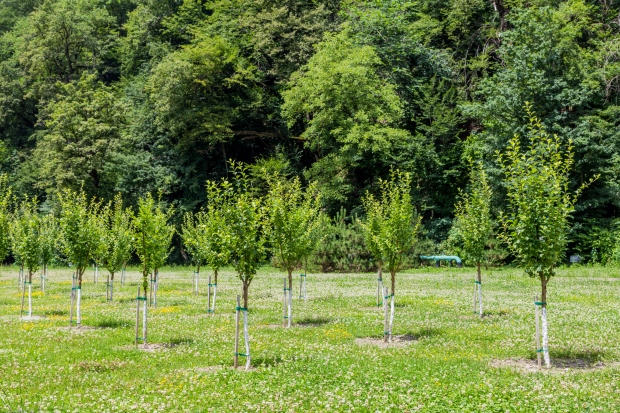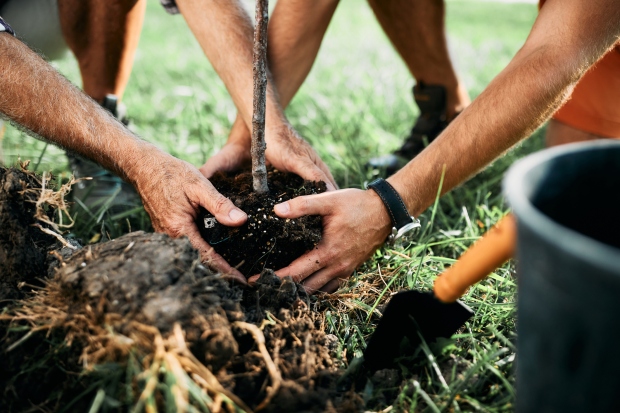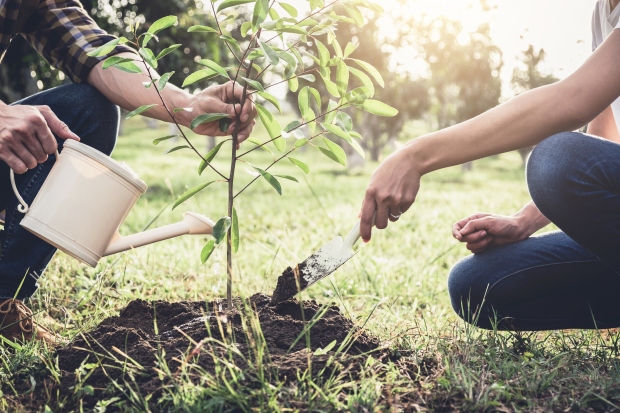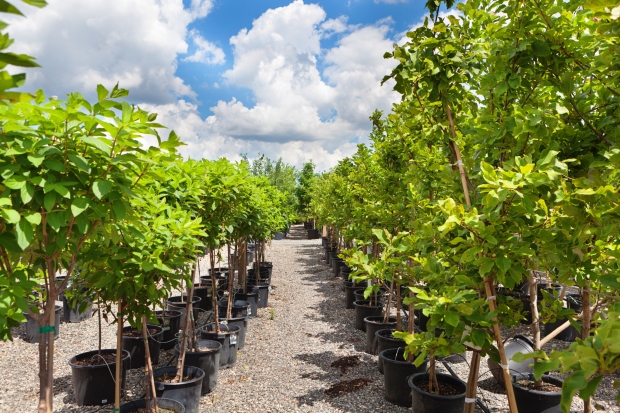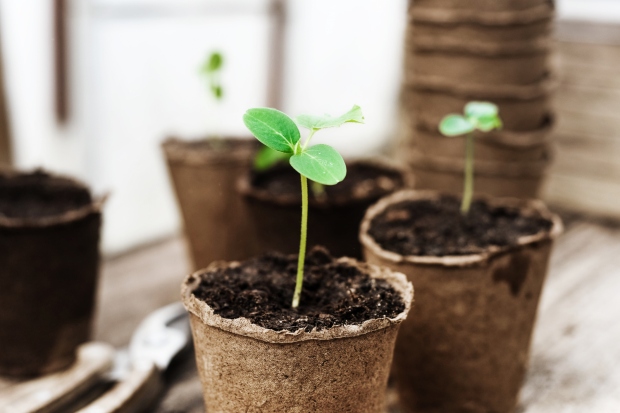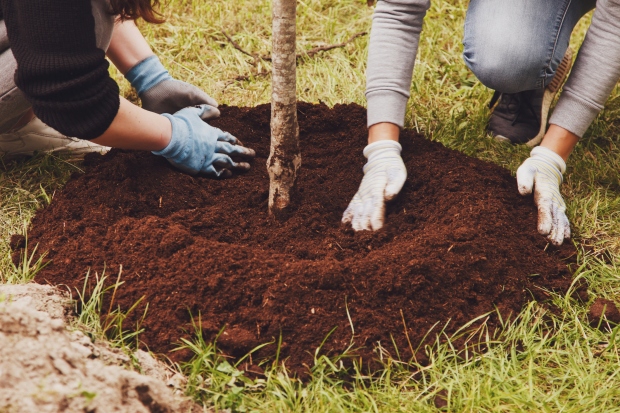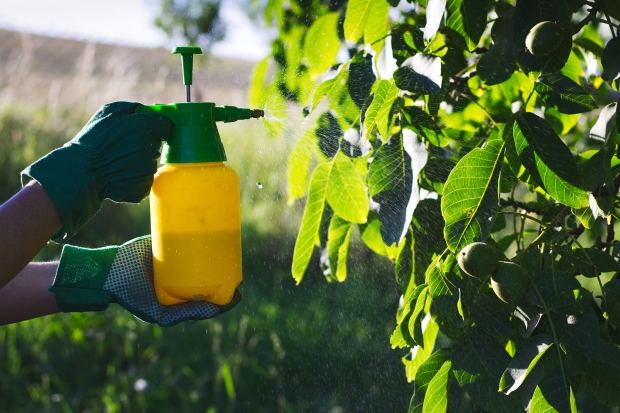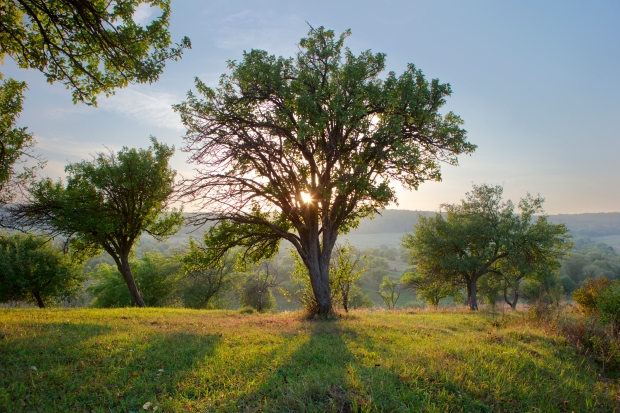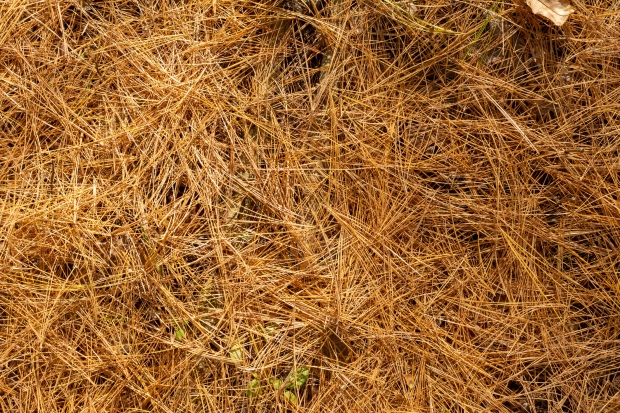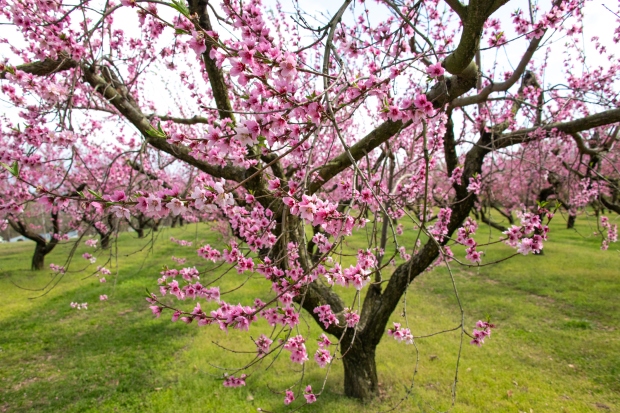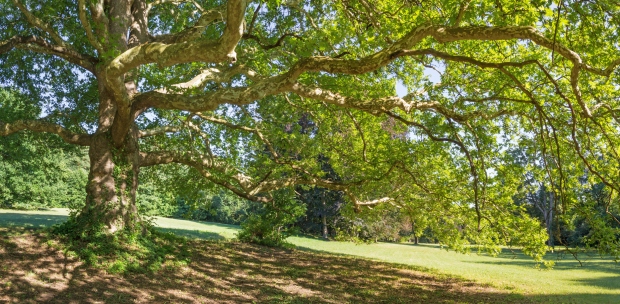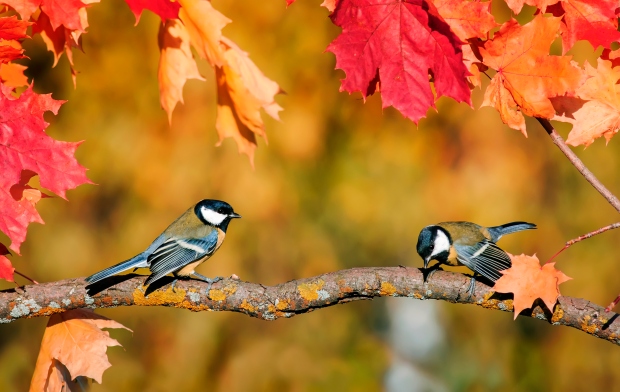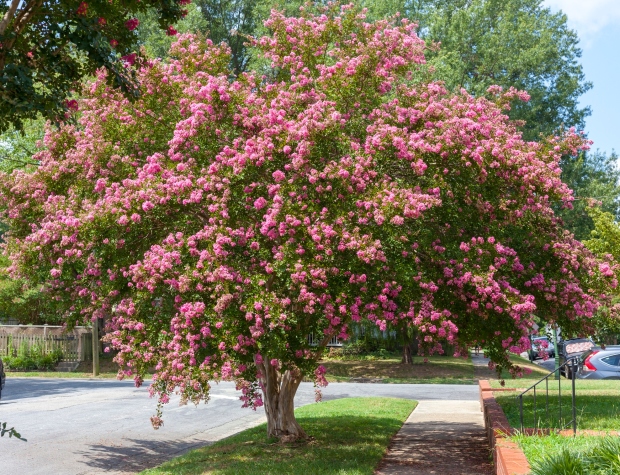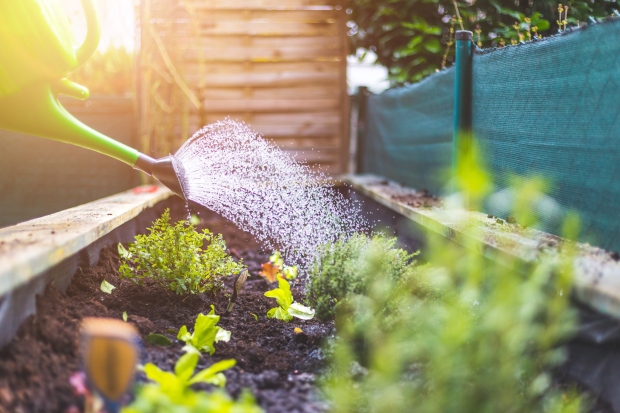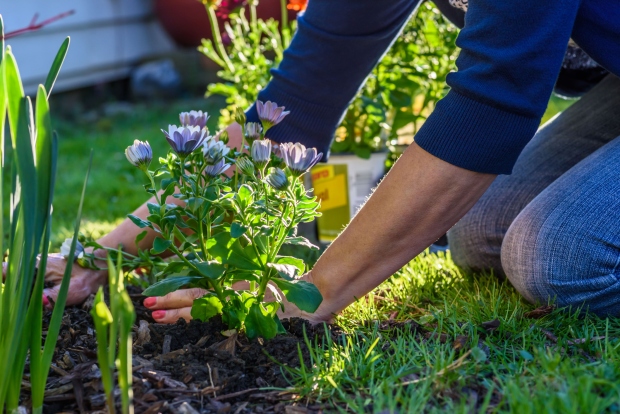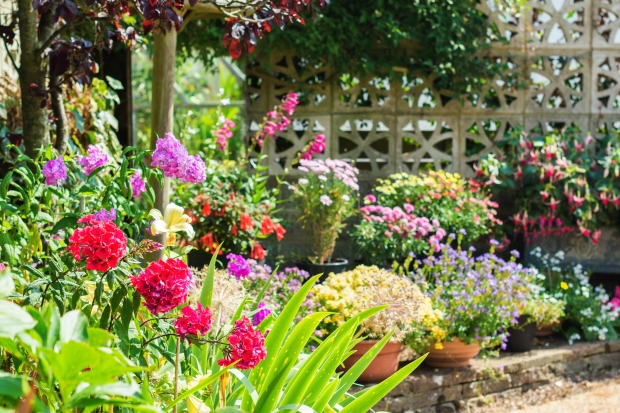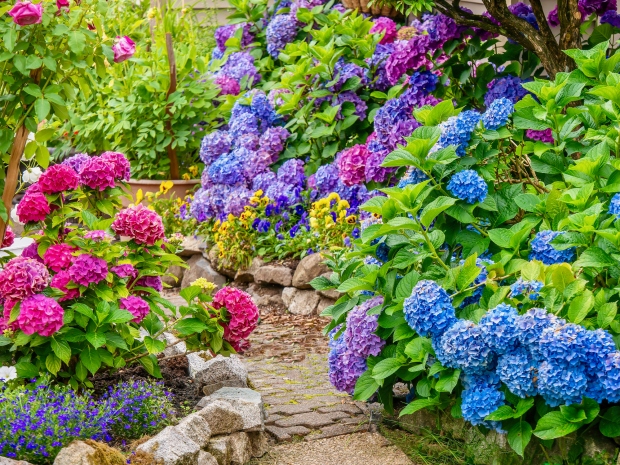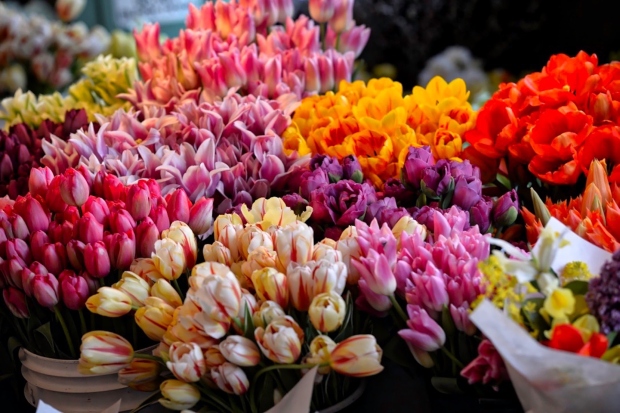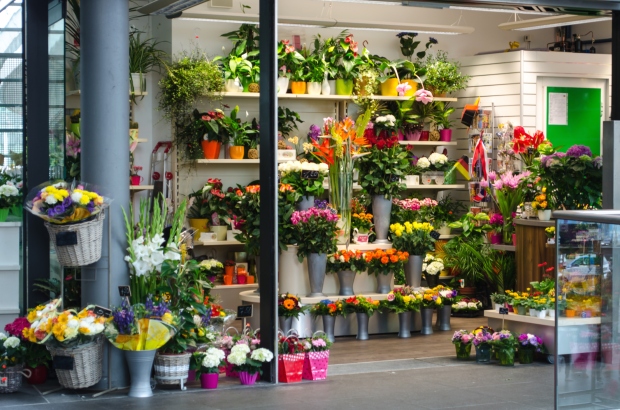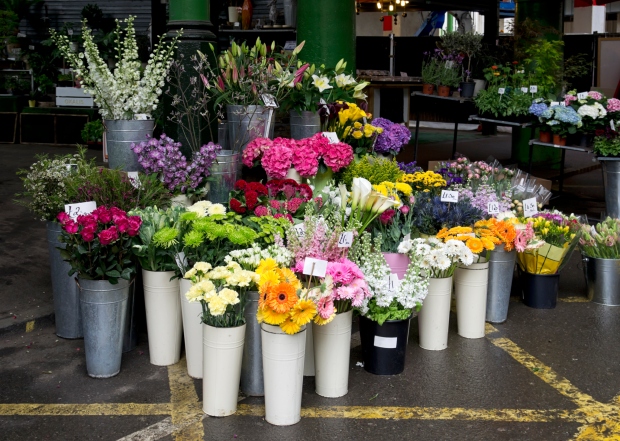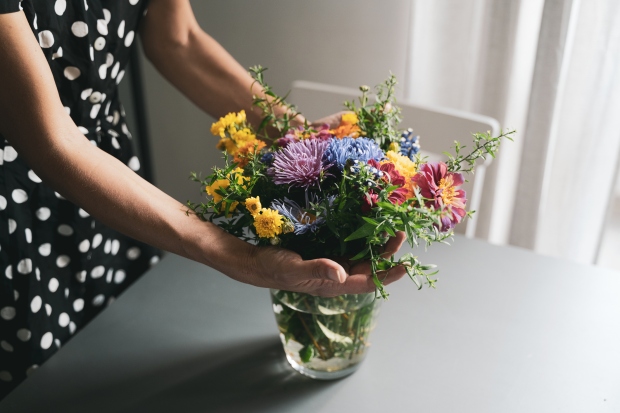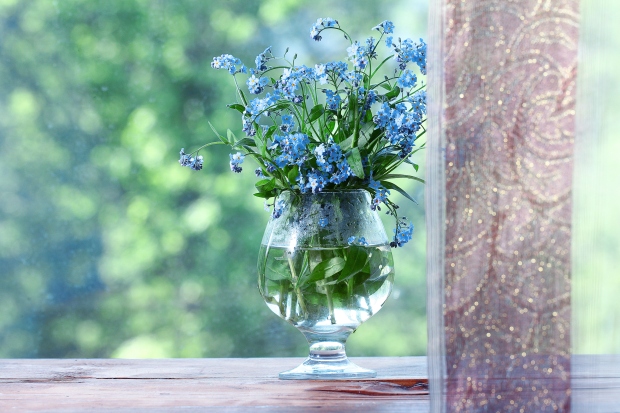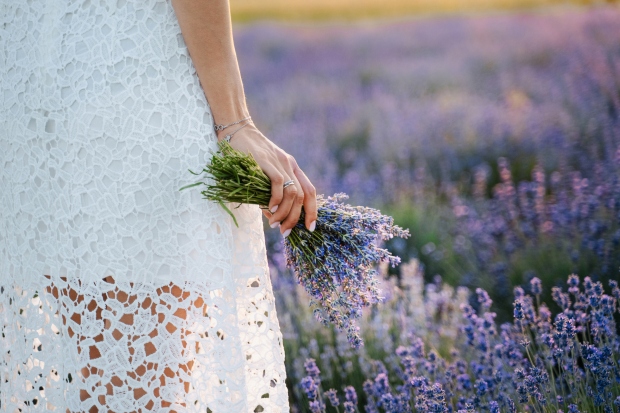Tips
USDA Hardiness Zones
The United States Department of Agriculture (USDA) developed a guide for determining how likely certain plants are to grow successfully in certain climates. The zones go from 1 to 13 (coldest to warmest) based on the extreme minimum temperatures experienced in the area. While developed by the USDA to map out regions of the United States, the system has been adopted by other countries as well. Most trees sold in the US will include their hardiness zone for growers’ reference.
Selecting a Healthy Tree
When shopping for a tree, look for firm, healthy leaves that have good color. The branches should be relatively symmetrical and well spaced along the trunk. Check for signs of insect damage or disease, as well as physical damage from mishandling or sunscald.
If possible, you should also check the roots. They should be firm and relatively light in color. Avoid buying a tree with roots that are dark brown or black, mushy, slimy, or have an odor. These are signs of root rot from overwatering. In general, selecting a reliable retailer that cares for and handles plants properly is the best way to be sure you’re getting a healthy specimen.
Growing Trees from Kitchen Scraps
Lots of the fruits that we buy from the grocery store can provide viable seeds that can grow into a new tree. Try saving seeds from apples, avocados, cherries, all kinds of citrus, peaches, and plums to grow into trees. However, be aware that you may not reproduce the exact variety of fruit that you purchased, because growers use grafting and selective breeding to grow the exact fruit they want. However, you can still grow a beautiful tree from what would have otherwise been thrown away.
Getting Trees for Free
There are several ways you can get trees or seeds absolutely free! First, many local governments and nonprofit organizations will offer trees upon request. Some will even deliver! You may not be able to choose exactly what type of tree they give you, but the price can’t be beat.
Some trees can be propagated from branch cuttings, including willows, fig, olive, maples, oaks, and most citrus trees. You may be able to find seeds or even seedlings that have already sprouted up near mature trees. Be sure to ask for permission before taking any plant material from other people’s yards or from public lands such as parks.
Finally, check your public library for a seed library (and if they don’t have one, you can suggest it!). Online groups can also be a good way to find other gardeners who are willing to share or swap seeds in your area.
